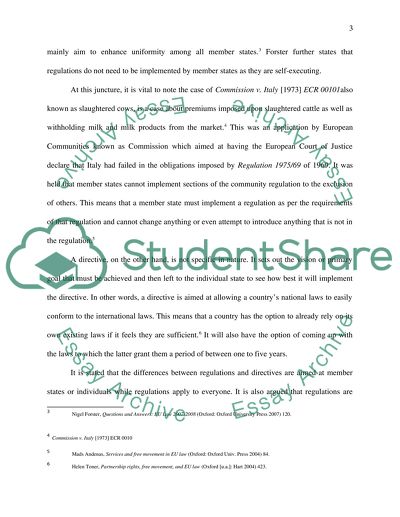Cite this document
(“EU Law Research Paper Example | Topics and Well Written Essays - 2500 words”, n.d.)
Retrieved from https://studentshare.org/law/1455604-eu-law
Retrieved from https://studentshare.org/law/1455604-eu-law
(EU Law Research Paper Example | Topics and Well Written Essays - 2500 Words)
https://studentshare.org/law/1455604-eu-law.
https://studentshare.org/law/1455604-eu-law.
“EU Law Research Paper Example | Topics and Well Written Essays - 2500 Words”, n.d. https://studentshare.org/law/1455604-eu-law.


